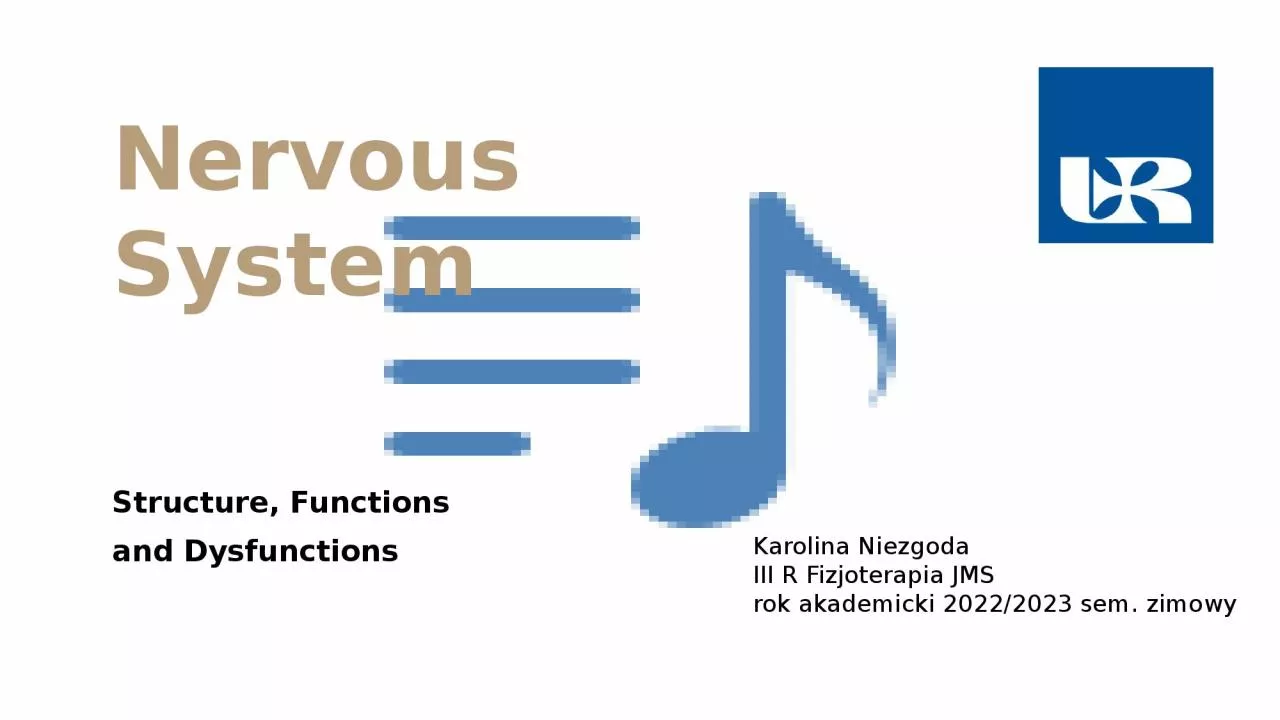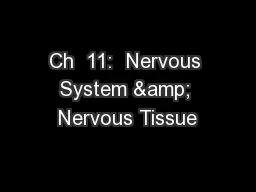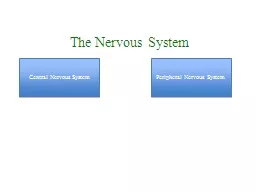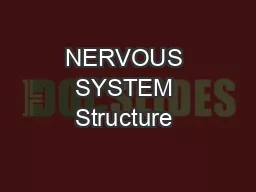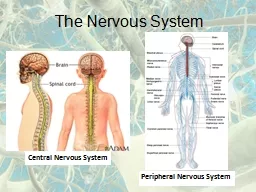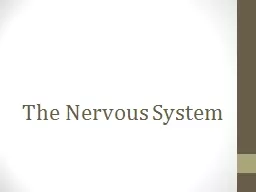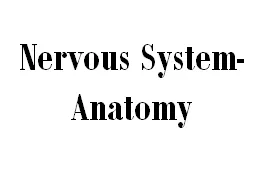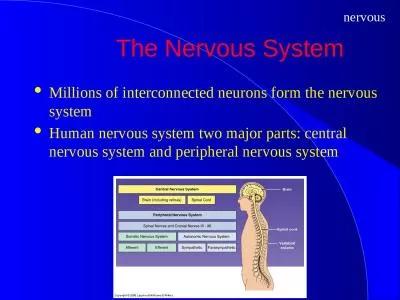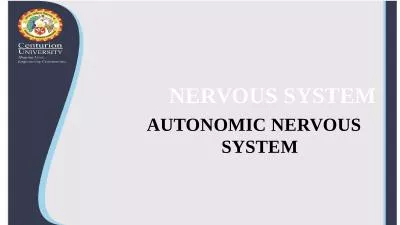PPT-Nervous System Structure, Functions
Author : cady | Published Date : 2024-02-09
and Dysfunctions Karolina Niezgoda III R Fizjoterapia JMS rok akademicki 20222023 sem zimowy What is the nervous system responsible for The nervous system uses
Presentation Embed Code
Download Presentation
Download Presentation The PPT/PDF document "Nervous System Structure, Functions" is the property of its rightful owner. Permission is granted to download and print the materials on this website for personal, non-commercial use only, and to display it on your personal computer provided you do not modify the materials and that you retain all copyright notices contained in the materials. By downloading content from our website, you accept the terms of this agreement.
Nervous System Structure, Functions: Transcript
Download Rules Of Document
"Nervous System Structure, Functions"The content belongs to its owner. You may download and print it for personal use, without modification, and keep all copyright notices. By downloading, you agree to these terms.
Related Documents

